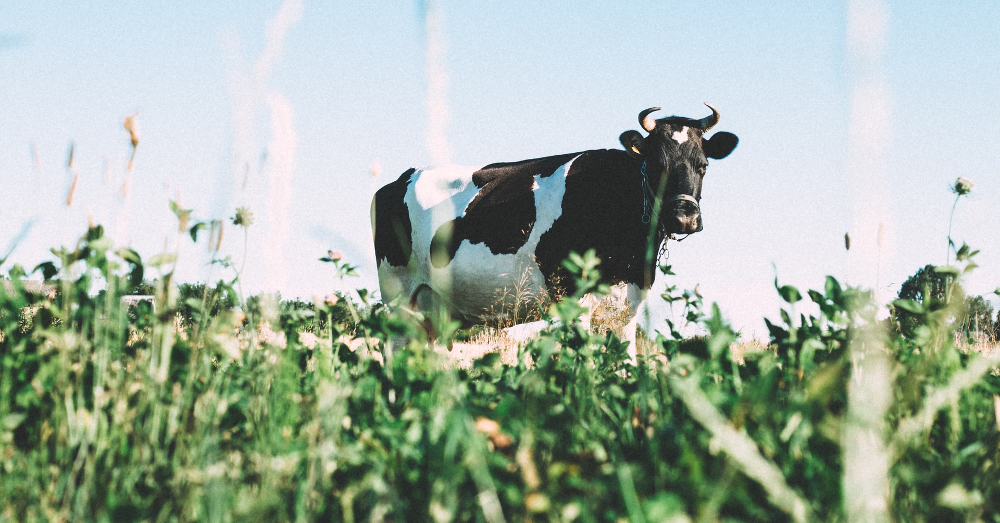
Your ‘Grass-Fed’ Milk May Actually Not Be. But a New Technology Could Change That
ow much fresh grass did the “grass-fed” cows who make your milk eat? A team of scientists from Iowa State University’s Leopold Center for Sustainable Agriculture has found a new technique they say can determine exactly that. Their findings, reported in The Journal of Agricultural and Food Chemistry last month, suggest that fluorescence spectroscopy—a relatively cheap and simple form of light measurement—could be a way to assure shoppers about “grass-fed” claims in the supermarket.
February 5, 2018 | Source: The New Food Economy | by Joe Fassler
Scientists can now tell us how much time dairy cows spend outside. Why that may improve accountability and transparency in the organic industry.
How much fresh grass did the “grass-fed” cows who make your milk eat? A team of scientists from Iowa State University’s Leopold Center for Sustainable Agriculture has found a new technique they say can determine exactly that. Their findings, reported in The Journal of Agricultural and Food Chemistry last month, suggest that fluorescence spectroscopy—a relatively cheap and simple form of light measurement—could be a way to assure shoppers about “grass-fed” claims in the supermarket. And it could prove to be an important tool for transparency in the organic dairy sector, where cows are required to spend time foraging outdoors—something critics allege doesn’t always happen.
To understand why this technique could prove to be transformative, it’s important to first address a simple question: Don’t all cows eat grass? You could be forgiven for thinking so. Anyone who takes a stroll down the dairy aisle at the local supermarket will be confronted by a range of jugs and cartons labeled “grass-fed,” or that feature illustrations of bovines grazing contentedly near the shade of old-timey barns. But the reality behind the marketing is not so simple. Though smaller herds often spend the warmer months outdoors, foraging the grass that makes up most of their diets, the vast majority of American milk comes from cows confined inside large, concrete-floored dairy barns. These cows are fed grass in the form of cut hay, as well as grain silage and crude protein (which can range widely, from soybean meal and day-old bread to red Skittles and chicken feathers). They don’t forage on pasture.
It’s in organic milk where things get tricky—where the matter of what cows eat, once an easy quiz for kindergarteners, becomes a question worthy of the hardest-nosed investigative journalists.
By law, cows that produce organic milk are required to have outdoor access. And not just token access. According to the National Organic Program’s “Access to Pasture” rule, organic dairy cows must spend at least 120 days each year outside; fresh, foraged grass must be a minimum of 30 percent of their diets. But there’s reason to believe that isn’t always happening.
